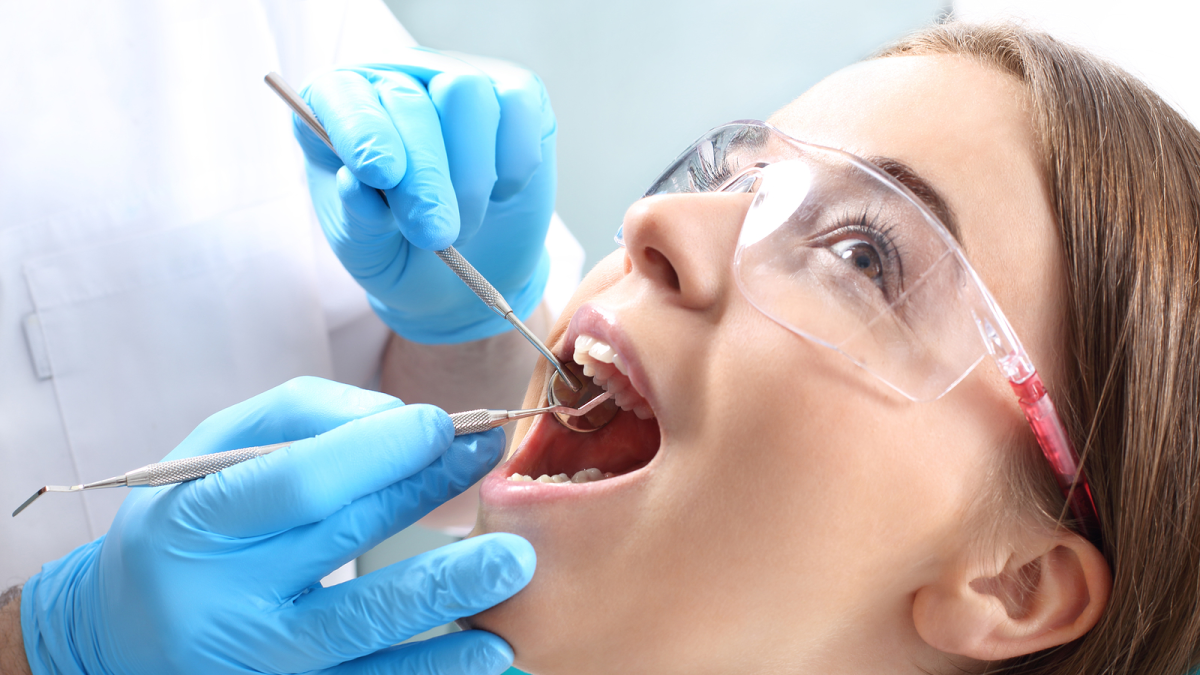
Dental extractions involve removing a tooth from its place in the mouth. Dentists may recommend this procedure when a tooth is damaged, misaligned, or affecting the surrounding teeth. They use diagnostic tools such as X-rays, along with specialized instruments, to evaluate the situation and perform the removal in a structured and controlled manner. Here’s what to expect during a dental extraction procedure:
Preparing for a Dental Extraction
The preparation process for dental extractions usually begins with a consultation, and at this stage, the dental team reviews health history, medications, and potential allergies. They may take X-rays to evaluate the tooth’s position and the surrounding bone. This step plays a fundamental role in shaping the treatment plan.
Patients also have the opportunity to ask questions and share their concerns. It is helpful to bring up previous dental experiences or any anxieties, as this allows the dentist to determine the most appropriate approach to anesthesia and procedural techniques. Patients may benefit from asking various thoughtful questions, such as:
- What is the expected duration of the procedure?
- Do I need to make any medication adjustments before the procedure?
- What recovery tips are most helpful in my case?
- When is it safe to return to normal eating and activities?
Performing the Extraction
On the day of the procedure, the dental team confirms the treatment details and prepares the area for the extraction. Local anesthesia is administered to numb the tooth and surrounding gum tissue, and in some cases, additional sedation or relaxation methods may be offered. Once the area is fully prepared, the dentist uses specialized instruments designed to promote safe and efficient removal.
The approach depends on whether the extraction is simple or complex. Simple extractions involve teeth that are visible above the gum line; in these cases, the dentist carefully loosens the tooth before lifting it out. More complex situations may require accessing a tooth beneath the surface of the gums or within the bone. This applies to impacted teeth or teeth with roots that are curved or difficult to reach.
After the tooth is removed, gauze is placed on the site to encourage clotting and support the early stages of healing. If necessary, stitches may also be used. Before the patient leaves, the dental professional provides detailed recovery instructions tailored to the type of extraction performed. This provides clear guidance for the healing process.
Managing the Recovery Process
Recovery involves rest and simple care techniques. Patients are advised to avoid strenuous activity for the first day. They may also receive guidance about what foods and drinks to choose while the area heals.
Helpful steps include:
- Keeping the extraction site clean by gently rinsing the area.
- Taking all antibiotics and pain relievers as prescribed.
- Eating soft foods, such as rice, eggs, and yogurt.
These approaches support steady progress and help prevent unnecessary irritation. Mild swelling and slight tenderness may appear after the extraction; these reactions are normal during the healing process. Dental teams often schedule a follow-up visit or explain when to call if something unexpected develops. This practice provides reassurance and keeps recovery on track.
Learn More About Dental Extractions
Dental extractions involve preparation, removal, and recovery, each step serving a fundamental purpose. Patients who know what to expect can approach the procedure efficiently and follow instructions accurately, such as adhering to post-extraction care for hygiene and diet. Contact your dentist to understand the extraction process and receive guidance on preparation and post-procedure care.
